A Journey Into The History Of Asteroid Albion
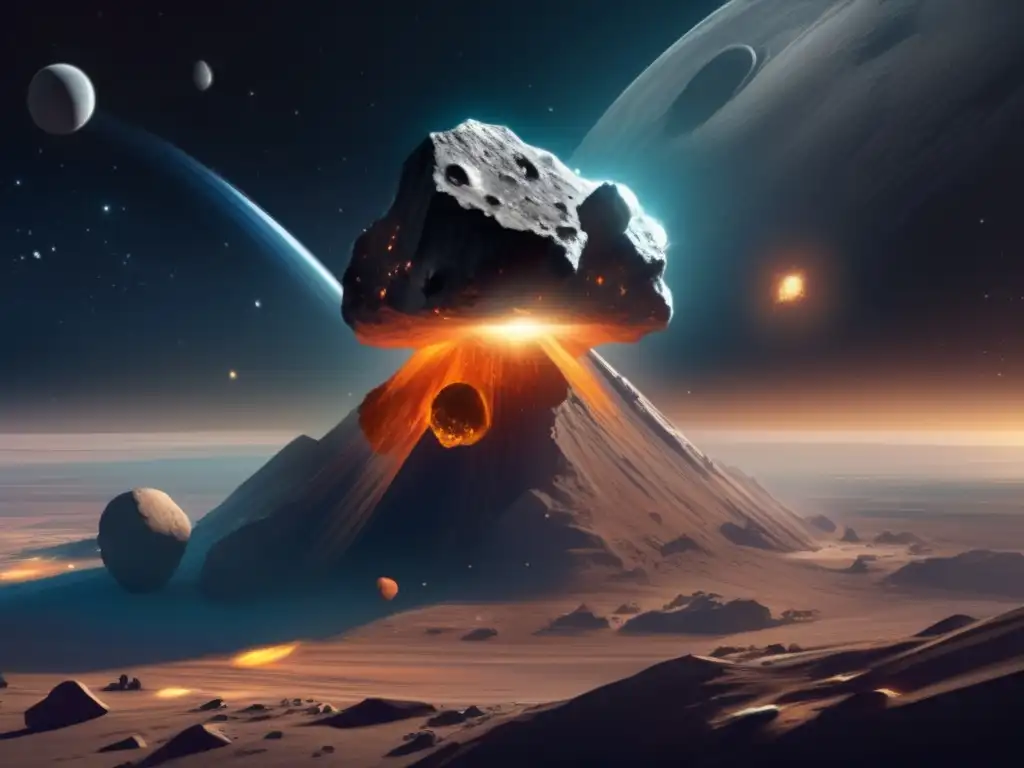
Introduction
Welcome to Asteroid Realm's comprehensive guide on the mythology, history, and cultural significance of asteroids. In this article, we will dive deep into the intriguing world of asteroid Albion. Albion is a fascinating celestial object with a rich history that spans centuries.
Discovery and Naming
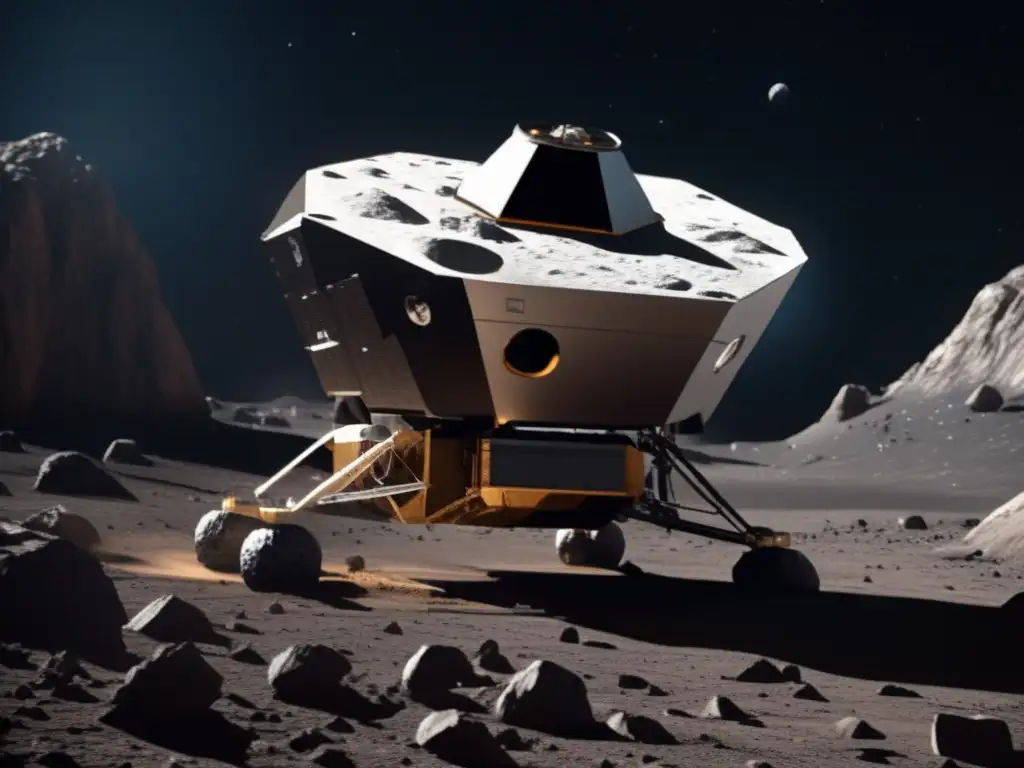
Discovery
Asteroid Albion was first discovered on May 29, 1857, by R. Luther at the Düsseldorf Observatory. Luther named it Albion after the ancient and poetic name for Great Britain. The discovery marked an important milestone in our understanding of the solar system's composition and the existence of smaller celestial bodies.
Physical Characteristics
Albion belongs to the main asteroid belt between Mars and Jupiter. It has an estimated diameter of approximately 48 kilometers and completes its orbit around the Sun in about 5.43 years. Its surface composition consists primarily of rocky materials and possibly traces of metals.
Significance in Mythology
While Albion does not have a specific mythological association, its name carries a certain historical and cultural significance. Albion was the oldest known name for the island of Great Britain in ancient times. The name invokes a sense of heritage and connection to the past.
Exploration and Scientific Research

Spacecraft Missions
As of now, there have been no dedicated spacecraft missions to explore asteroid Albion. However, several spacecraft, such as NASA's Dawn mission, have studied other asteroids in the main belt, providing valuable insights into their geological and compositional features.
Studying Asteroids
Asteroids like Albion offer scientists an opportunity to study the remnants of the early solar system. By analyzing their composition, researchers can better understand the processes that led to the formation of planets and other celestial bodies. The study of asteroids also provides insight into the potential resources they may hold for future space exploration missions.
Future Exploration
While no specific plans have been announced for exploring asteroid Albion, the general interest in asteroid research continues to grow. Future missions, such as NASA's Psyche mission scheduled to launch in 2022, will further expand our knowledge of asteroids and their role in the evolution of the solar system.
Cultural Significance

Literature and Artistic Representations
Asteroids, including Albion, have often inspired artists, writers, and filmmakers. In literature, asteroids have been featured in science fiction novels, such as Arthur C. Clarke's "Rendezvous with Rama" and movies like "Armageddon" and "Deep Impact." Their portrayal in popular culture reflects our fascination with the unknown and the potential dangers posed by celestial objects.
Asteroids in Ancient Beliefs
In ancient times, celestial events like meteor showers and the appearance of comets were often associated with divine symbolism. Some cultures considered asteroids to be messengers of the gods or omens of significant events. They were believed to possess supernatural powers and were often incorporated into religious rituals and mythologies.
Symbolism in Modern Society
Today, asteroids like Albion symbolize our continuous exploration and understanding of the universe. They represent our curiosity, resilience, and determination to unravel the mysteries of space. Albion, with its connection to Great Britain, also serves as a reminder of the cultural heritage and shared history of nations.
Frequently Asked Questions
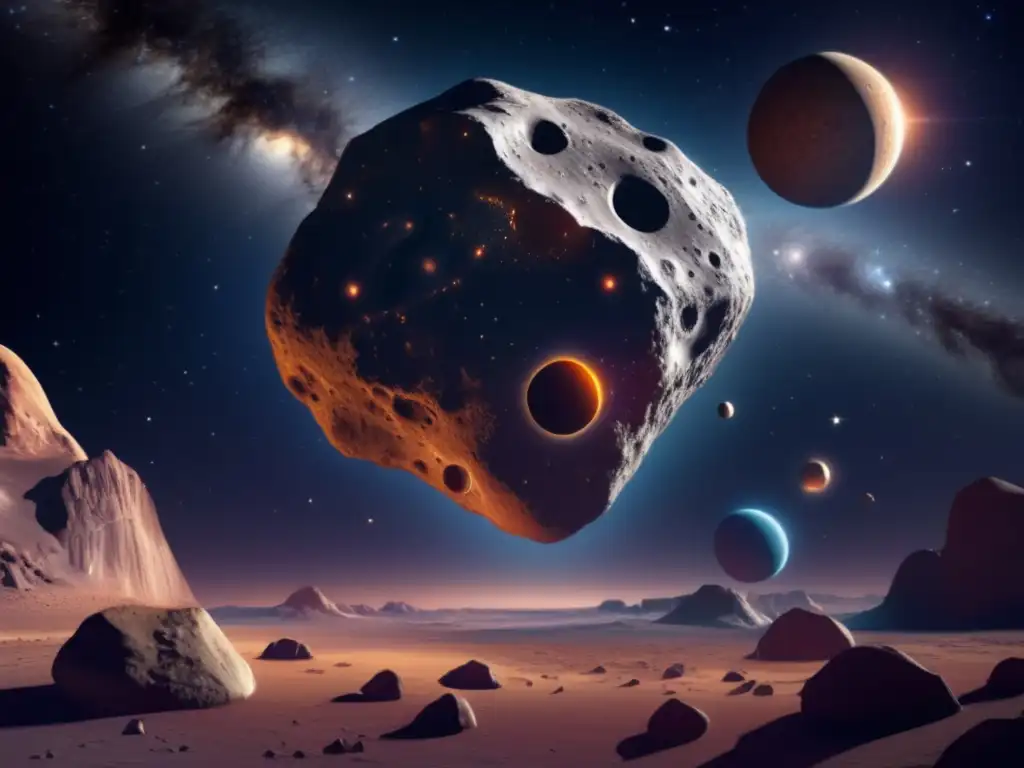
-
Is asteroid Albion a threat to Earth?
Asteroid Albion does not pose any known threat to Earth. It follows a stable orbit in the main asteroid belt and is unlikely to come close to our planet.
-
Can we mine resources from asteroid Albion?
Currently, there are no plans or technologies in place for mining resources from asteroid Albion or any other asteroid in the main belt. However, asteroid mining is an area of interest for future space exploration and resource exploitation.
-
Are there any missions planned to study asteroid Albion?
As of now, there are no specific missions planned to study asteroid Albion. However, ongoing and future missions to explore asteroids in the main belt will contribute to our understanding of these celestial objects.
-
How do scientists determine the composition of asteroids?
Scientists determine the composition of asteroids through various methods, including spectroscopy and remote sensing. By analyzing the light reflected or emitted by asteroids, they can identify the presence of different elements and minerals.
-
What are the potential benefits of studying asteroids?
Studying asteroids provides valuable insights into the early solar system's formation, the composition of celestial bodies, and the potential resources they may hold. This knowledge contributes to our understanding of the universe and may inform future space exploration missions.
Conclusion
Asteroid Albion offers a glimpse into the history and cultural significance of asteroids. Its name carries echoes of ancient mythology and serves as a reminder of our shared heritage. While Albion itself may not have garnered significant scientific attention, it remains an important part of the vast asteroid population in our solar system. As we continue to explore and understand these celestial objects, we deepen our understanding of the universe and our place within it.
We hope you enjoyed this journey into the history of asteroid Albion. Feel free to share your thoughts and insights in the comments section below. Don't forget to subscribe to Asteroid Realm for more fascinating articles and updates. Thank you for joining us on this celestial adventure!
Additional Resources
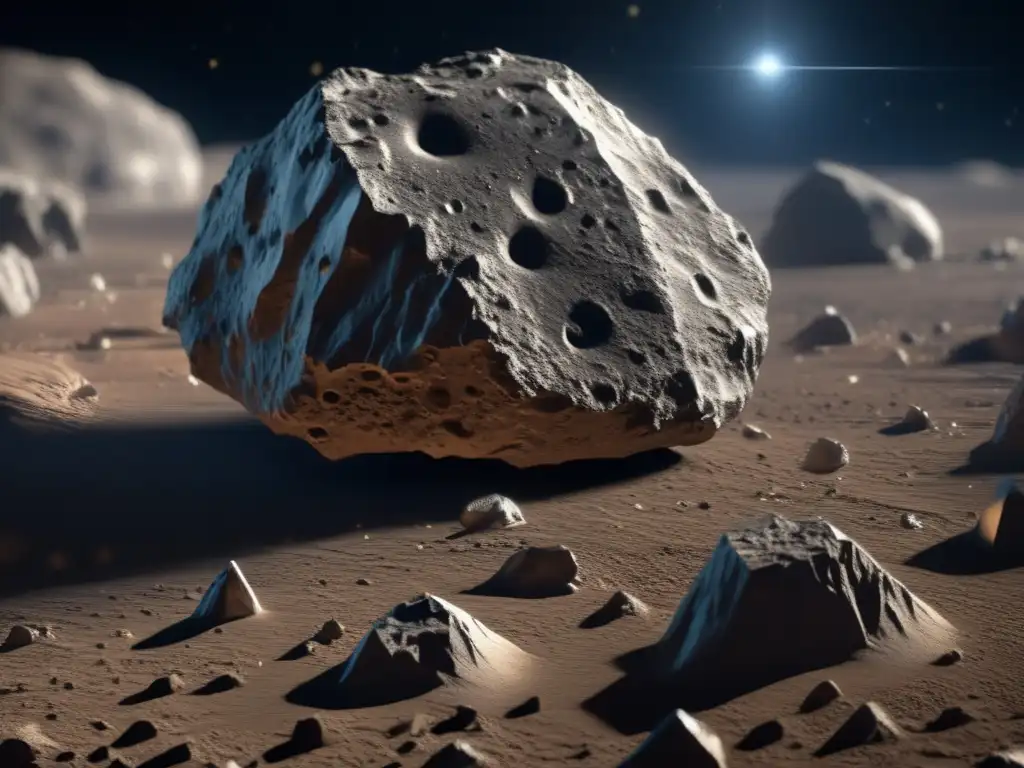
For further reading on asteroids and related topics, please check out the following resources:
- NASA's Asteroid Exploration Program
- International Astronomical Union: Asteroids
- NASA's Solar System Exploration: Asteroids, Comets, and Meteors
 The Enigma Surrounding Asteroid Angelina
The Enigma Surrounding Asteroid Angelina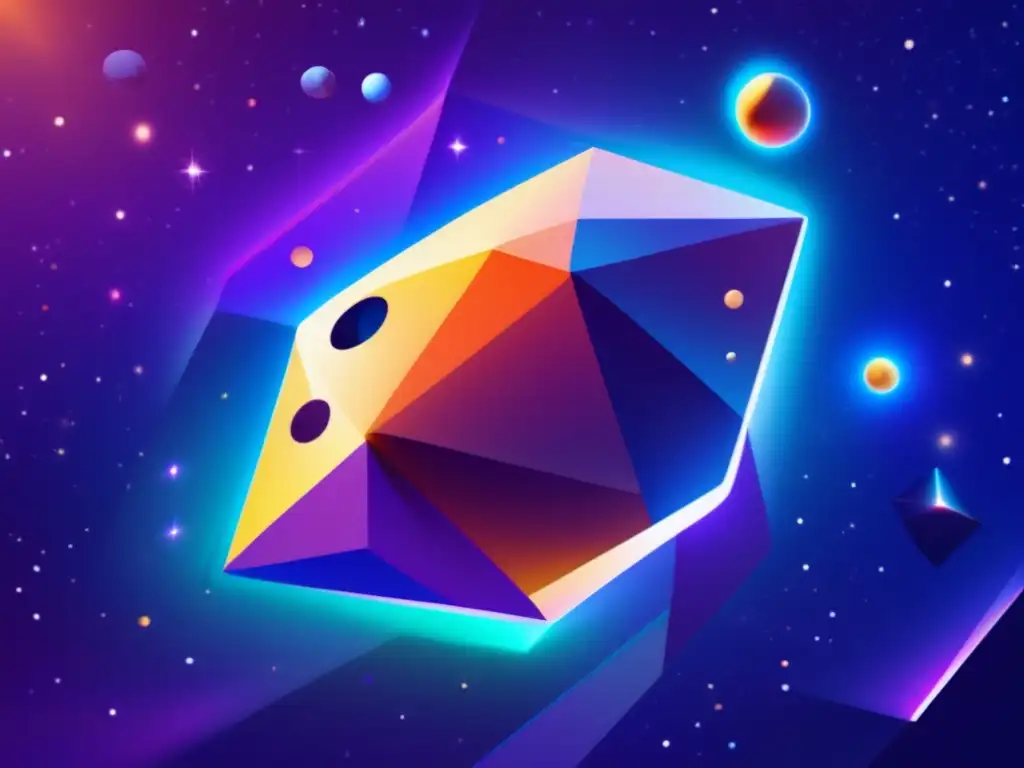 Exploring The Mysterious Asteroid Chiron
Exploring The Mysterious Asteroid Chiron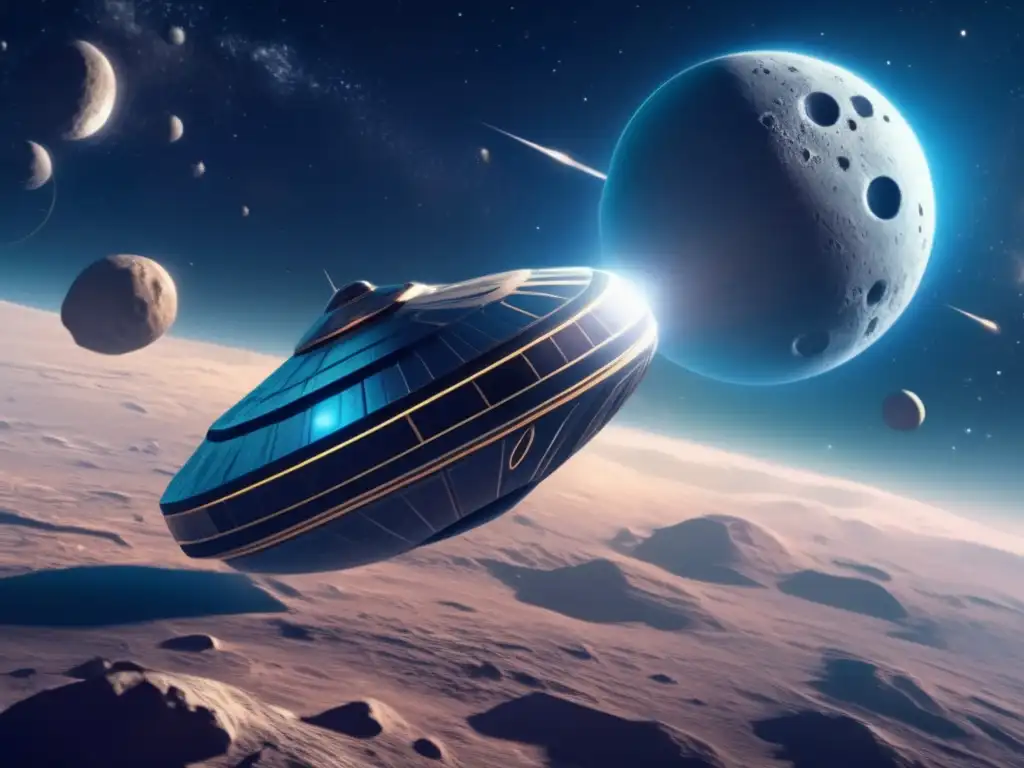 Unraveling The Story Of Asteroid Iapetus
Unraveling The Story Of Asteroid IapetusIf you want to discover more articles similar to A Journey Into The History Of Asteroid Albion, you can visit the Asteroid Profiles category.
Leave a Reply

Articulos relacionados: